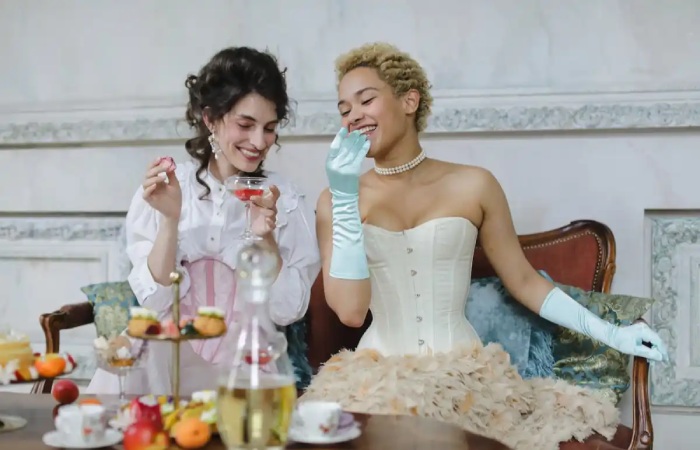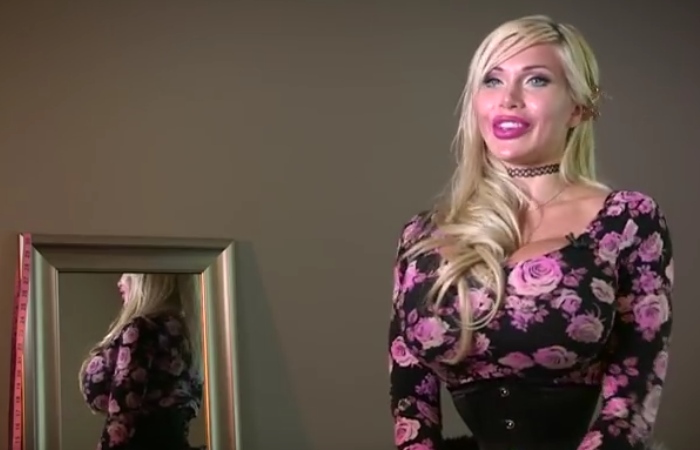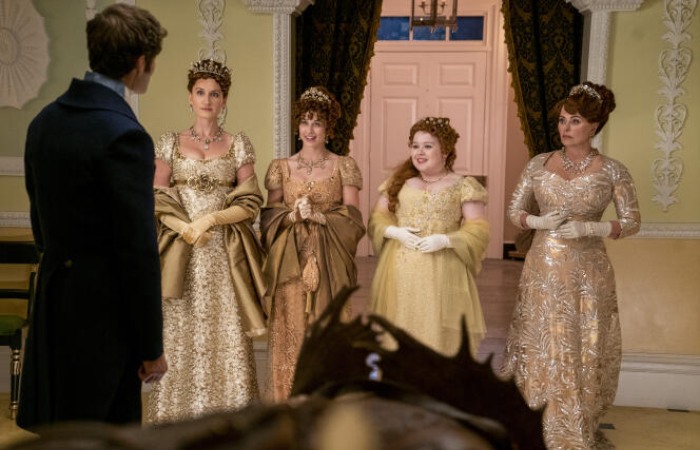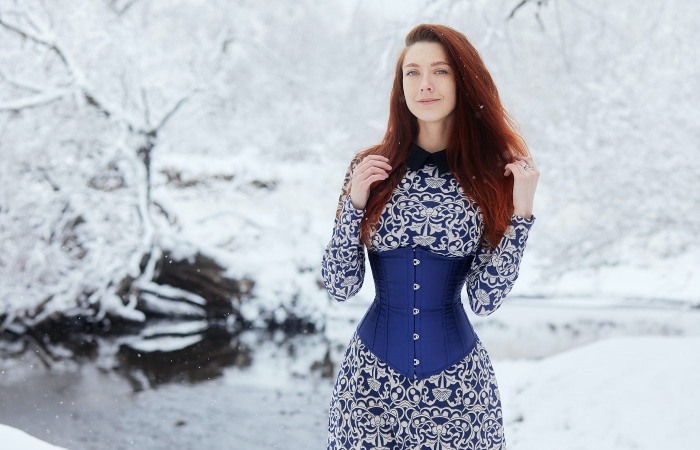Whenever a period drama is released, A-list actresses performing on the set often tell stories about corset trauma Historical Myths. They even suggested that their corsets were so tight they couldn’t breathe. Movies like Gone With the Wind show corsets so tight that the woman wearing them can’t breathe Historical Myths! However, millions of historical women loved wearing corsets. Working-class women worked in factories and clothed them. Some men even wore corsets! Here are all the myths about corsets debunked.
Corsets Make You Faint (Historical Myths)

A corset will only make you pass out if you tie it too tight or wear the wrong size. Historically, women rarely laced their corsets so tightly: corsets supported the body. They were essential for supporting the back and chest in an era before bras. If your bra is too tight, you may feel discomfort in your chest, as if your corset is too small. In the 19th century, there was a slight trend towards tightly tying the corset, but most women did not follow it. Some women still wear corsets today, and they certainly don’t faint Historical Myths.
We often hear the observation that “you can’t move properly in a corset”, which is also completely false. Corsets were worn by the social elite but also by the working class, who generally performed labor-intensive jobs. If their corsets interfered with their work, they would not have worn them. This clearly was the case, meaning that the corsets and straps simply did not hinder her physical movements.
Women Had Ribs Removed To Fit Into Corsets (Historical Myths)

This couldn’t be further from the truth. Would you like to undergo risky surgery at a time when general anesthesia and modern hygiene practices don’t fit into a corset? Neither do the women of history. Women wore corsets to support the bust and back, not to minimize the waistline. Some modern women, like models, have their ribs removed to fit into a small corset. However, no woman in history has undergone such an operation.
Their reputation may be tarnished, but corsets are not entirely a thing of the past, and many people still wear them for various reasons. In modern fashion, a menu is used in pastries and events (in Kim Kardashian’s Mugler dress at the Met Gala 2019), and a menu in the vintage community is used to help create a more curvilinear silhouette, which is desirable. Right now Historical Myths. 1940s and 1950s Historical re-enactors, interpreters, and cosplayers spend much of their time wearing corsets and corsets, adapting to daily life in these garments like our ancestors.
Men Forced Women To Wear Corsets (Historical Myths)

Men hated women who wore corsets. Many male doctors of the time wrote dissertations on corsets, thinking they made women’s organs move! They even claimed that corsets caused tuberculosis in women. However, many women continued to wear corsets despite the objections of men. Throughout history, women have often had to do a lot of heavy work, including domestic work, factory work, and carpentry.
“They must have been small!” Once again, this common observation is somewhat erroneous. Looking at the 18th and 19th centuries, the average height of men and women was much lower than in 2020, so this must be considered. Women tended to be, on average, noticeably shorter than today. It should be remembered that the corset was not the only garment used to create the desired silhouette; buttock protectors were also used, which gave the illusion of reducing the waist. Huge sleeves were also trendy in the 1830s and made the waist appear much smaller than it was – they have always been around Historical Myths!
They felt that the corsets gave their bodies the support they needed and helped them correct their posture during strenuous work. Men who didn’t hate corsets often wore them themselves! They felt this gave them the “ideal shape”. Men did not force women to wear corsets, far from it!
Corsets Restrict Your Movement

If corsets restricted women’s movements, how did women work during the 300 or 400 years they were in fashion? Women worked in factories and at home in corsets Historical Myths. In the Victorian era, many women climbed mountains wearing corsets! Women could continue their daily lives while wearing a corset. Many of them found it challenging to wear corsets because they felt it made their lives easier. They provided the necessary support (like bras) for women to continue their daily activities.

